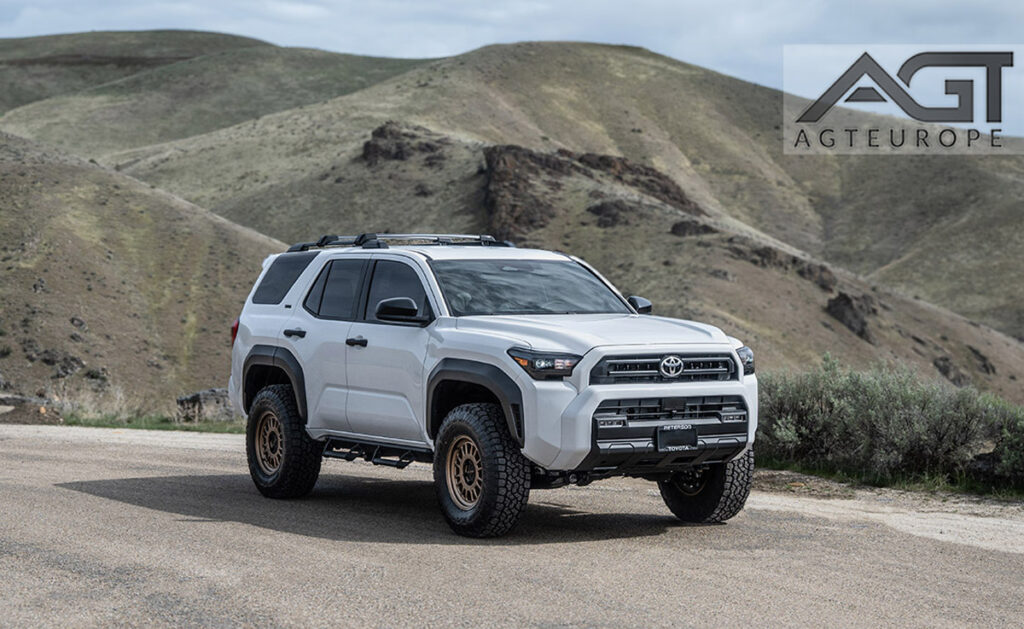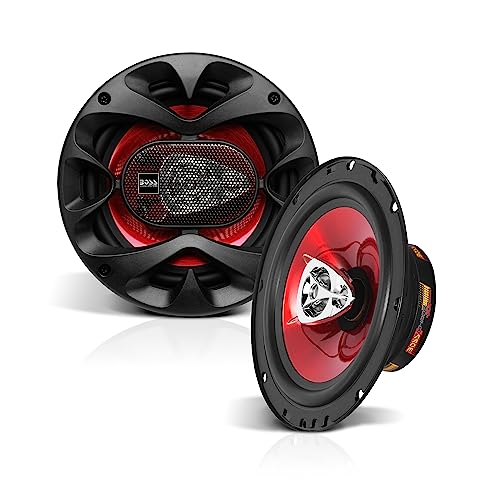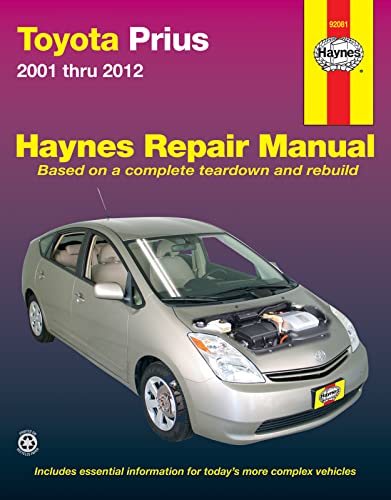As an Amazon Associate, I earn from qualifying purchases
If you’re thinking about buying a Toyota 4Runner, you want to make sure you pick the right year. Not all models are created equal, and some can lead to costly repairs or headaches down the road.
Knowing which year to avoid can save you money, time, and stress. You’ll discover the specific 4Runner model years that have caused the most trouble for owners. Keep reading to protect your investment and enjoy your ride with confidence.
Early Generation Issues
The early Toyota 4Runner models are popular but come with some issues. These problems mainly affect the first and second generations. Understanding these issues helps avoid costly repairs later.
Early generation 4Runners have aging parts that wear quickly. Some models have design flaws that affect performance. Buyers should know which years had the most problems.
Common Problems In 1980s Models
The 1980s 4Runners often faced rust problems, especially in the frame. Rust weakened the body and caused safety concerns. Engine overheating was common due to cooling system flaws.
Electrical issues also appeared, like faulty wiring and failing gauges. Suspension parts wore out fast, causing rough rides. These problems made maintenance harder and more expensive.
Reliability Concerns In 1990s Versions
In the 1990s, 4Runners had transmission troubles. Some models experienced slipping or harsh shifting. Engine oil leaks were frequent and led to engine damage.
Fuel system problems caused poor mileage and engine stalling. The head gasket sometimes failed, risking costly repairs. While better than the 1980s, these models still need careful checking.
2003-2005 Models Troubles
The 2003-2005 Toyota 4Runner models have raised concerns among many buyers. These years show specific problems that affect the vehicle’s reliability and performance. Owners have reported repeated issues that can lead to costly repairs.
Understanding these troubles helps buyers avoid unexpected headaches. Some flaws in these models are more common and serious. The focus here is on engine, transmission, suspension, and steering problems.
Engine And Transmission Flaws
Many 2003-2005 4Runners have engine oil leaks. These leaks often come from the valve cover gasket. If ignored, they can cause engine damage over time. Some engines show rough idling and poor acceleration.
The automatic transmission sometimes slips or shifts harshly. This issue can reduce driving smoothness and increase repair costs. Some owners also report delayed gear engagement. These flaws affect driving safety and comfort.
Suspension And Steering Complaints
The suspension on these models may wear out faster than expected. Common problems include noisy shocks and uneven tire wear. Worn suspension parts can cause a bumpy ride and poor handling.
Steering problems include loose or stiff steering wheels. Some drivers feel vibrations or pulling to one side. These issues can reduce control and increase the risk of accidents. Regular checks are crucial for safety.
2009-2010 Model Year Flaws
The 2009-2010 Toyota 4Runner models have several issues that owners often report. These problems affect reliability and can lead to costly repairs. Buyers should be cautious about these model years.
Many users experienced trouble with the fuel system and electrical parts. These flaws reduce the vehicle’s overall performance and comfort.
Fuel System Problems
Fuel leaks and faulty fuel pumps are common in these years. Such issues cause poor fuel efficiency and engine stalling. Some drivers noticed the check engine light turning on frequently. Repairing or replacing fuel system parts can be expensive. These problems also raise safety concerns due to fuel leaks.
Electrical And Sensor Failures
The 2009-2010 4Runner models often suffer from electrical glitches. Sensors may fail, leading to inaccurate readings on the dashboard. Owners reported malfunctioning power windows and door locks. These electrical failures can disrupt the driving experience. Repairing sensors and wiring can take time and money.

Credit: agtauto.com
2014-2015 Model Drawbacks
The 2014-2015 Toyota 4Runner models have some issues that buyers should know. These years show problems in important areas that affect safety and comfort. Paying attention to these drawbacks helps avoid costly repairs and frustration.
Many owners reported concerns about the brake system and interior features. These problems reduce the overall driving experience. Understanding these flaws can help you decide if these models fit your needs.
Brake System Issues
Brake problems are common in 2014-2015 4Runners. Some drivers noticed the brake pedal felt soft or spongy. This can make stopping the vehicle harder and less safe. Brake noise and uneven wear on brake pads also appeared in these models. Such issues may require frequent repairs and part replacements. Reliable brakes are critical for safety, so this is a major concern for buyers.
Interior And Comfort Defects
The interior quality of these model years is another weak point. Some owners complained about seats wearing out quickly and losing support. The dashboard and door panels sometimes showed signs of cracking or fading. Heating and cooling systems also had inconsistent performance. These defects reduce comfort during drives, especially on long trips. A well-maintained interior adds to the vehicle’s value and enjoyment.
Recalls And Safety Concerns
Recalls and safety issues affect the reputation of any vehicle. The Toyota 4Runner, known for durability, has some model years with notable recalls. These recalls can influence your safety and the vehicle’s reliability. Understanding these concerns helps in choosing the right model year.
Major Recalls By Year
The 2010 Toyota 4Runner had a recall for faulty airbags that might not deploy correctly. This issue posed a serious risk during accidents. The 2014 model faced problems with the steering system, leading to possible loss of control. In 2016, some 4Runners had brake system defects, affecting stopping performance. Each recall targeted safety-critical parts that could impact driver and passenger safety.
Impact On Resale Value
Recalls often lower a car’s resale price. Buyers avoid models with unresolved safety problems. Even after repairs, some buyers remain cautious. The 2010 and 2014 4Runner models show reduced resale values. These years are less desirable due to their recall history. Choosing a model without major recalls can preserve your investment better.
How To Spot Trouble Models
Knowing how to spot trouble models helps avoid costly repairs. Some Toyota 4Runner years have more issues than others. Recognizing warning signs saves time and money. Careful checks reveal hidden problems before buying. This guide shows what to watch for and how to inspect.
Signs Of Potential Problems
Listen for strange engine noises or rough idling. Check for fluid leaks under the vehicle. Look for uneven tire wear or poor alignment. Notice if brakes feel weak or make noise. Watch for warning lights on the dashboard. Inspect the body for rust or paint damage. Test all electronics like windows and locks. Pay attention to smoke from the exhaust. Smell any unusual odors inside the cabin. These signs may indicate deeper issues.
Tips For Pre-purchase Inspection
Always take the 4Runner for a test drive. Drive on different road types and speeds. Check the transmission for smooth shifting. Have a trusted mechanic inspect the vehicle. Ask for the full service and repair history. Verify the vehicle identification number (VIN). Use a diagnostic tool for error codes. Look under the hood for worn belts or hoses. Inspect the suspension for wear or damage. Make sure the tires have good tread depth. A thorough inspection reduces buying risks.
Better Years To Consider
Choosing the right Toyota 4Runner year can save you money and stress. Some years have fewer problems and better features. Knowing which years to consider helps you find a reliable SUV. Here are some of the best years to look at.
Most Reliable Model Years
The 2010 to 2013 4Runner models are very reliable. They have fewer recalls and mechanical issues. These years use strong engines and sturdy parts. Owners report less need for repairs and maintenance. The 2016 to 2019 models also show good reliability. They combine modern design with proven durability. Choosing these years means less chance of breakdowns.
Features And Improvements Over Time
Newer 4Runner models have better safety features. From 2014 onward, Toyota added more airbags and stability control. The 2016 models introduced touchscreen infotainment systems. Fuel efficiency improved slightly in later years. Off-road capabilities stayed strong across all models. These improvements make driving safer and more fun.

Credit: www.slashgear.com

Credit: www.reddit.com
Frequently Asked Questions
Which Toyota 4runner Model Years Have Common Problems?
Models from 2003 to 2005 often face issues like frame rust and transmission problems.
What Year Toyota 4runner Is Least Reliable?
The 2003 model is known for more frequent repairs and mechanical troubles.
Are There Any Toyota 4runner Years With Frame Rust Issues?
Yes, 2003 to 2009 models are prone to severe frame rust in some regions.
Which Toyota 4runner Years Should I Avoid For Transmission Problems?
Years 2003 to 2005 have reported transmission failures more often than others.
Is The 2010 Toyota 4runner A Good Choice?
The 2010 model improved reliability but still had occasional minor electrical issues.
How Do Older Toyota 4runner Models Compare In Reliability?
Older models before 2003 show more wear and higher repair costs than newer ones.
Conclusion
Choosing the right Toyota 4Runner model is important. Some years have more issues than others. Avoid those with common problems to save time and money. Research each year carefully before buying. A reliable 4Runner will serve you well for years.
Take your time to find the best fit. Your next SUV should be safe, strong, and dependable. Keep these tips in mind for a smart purchase.
As an Amazon Associate, I earn from qualifying purchases


